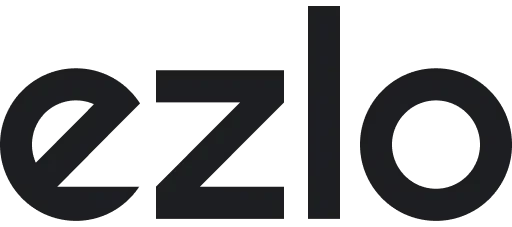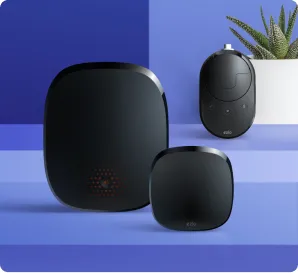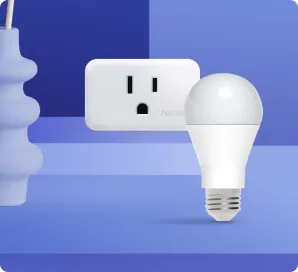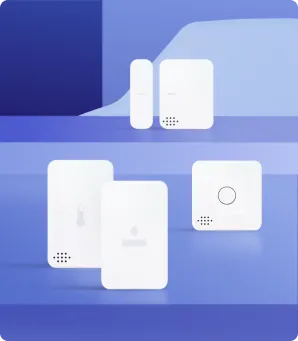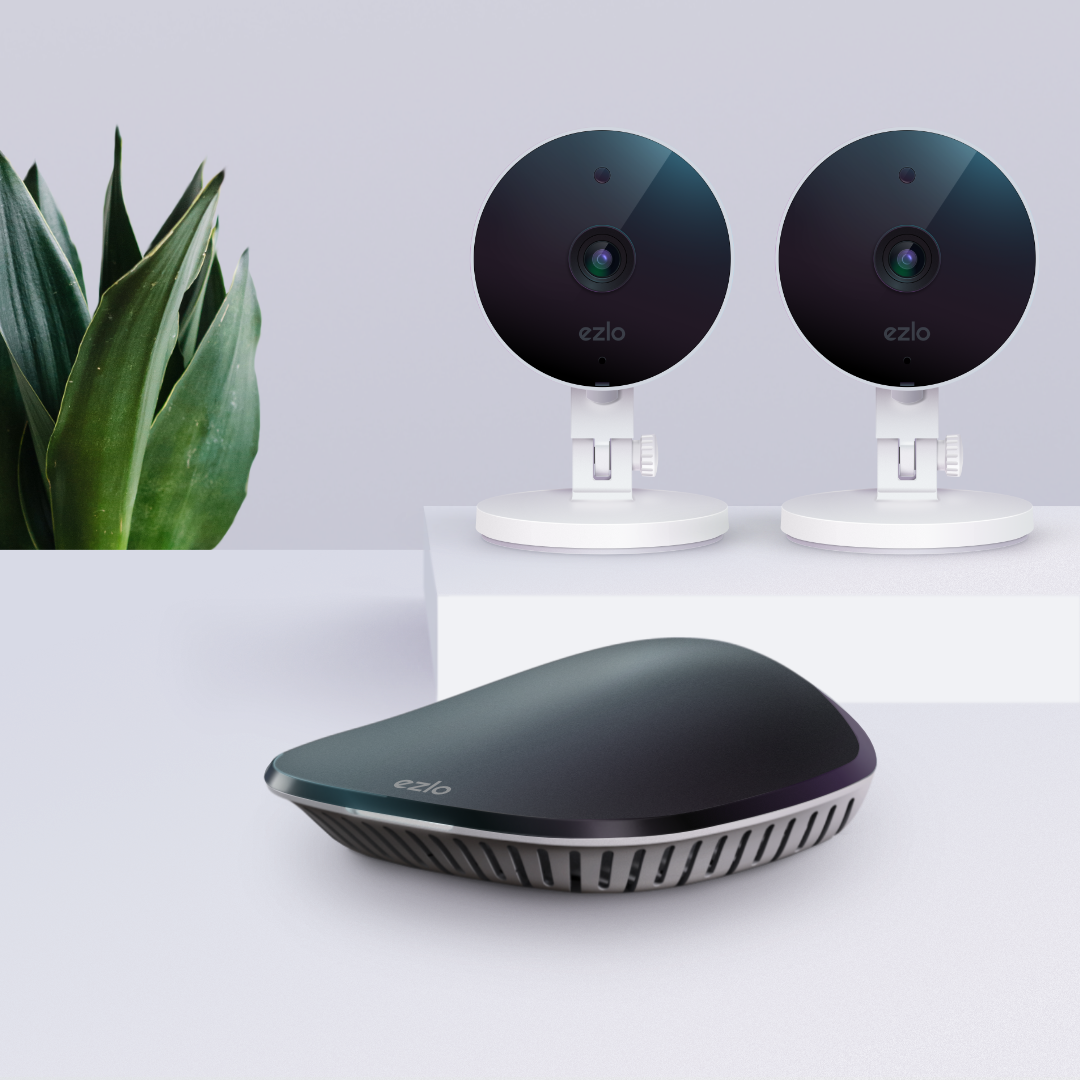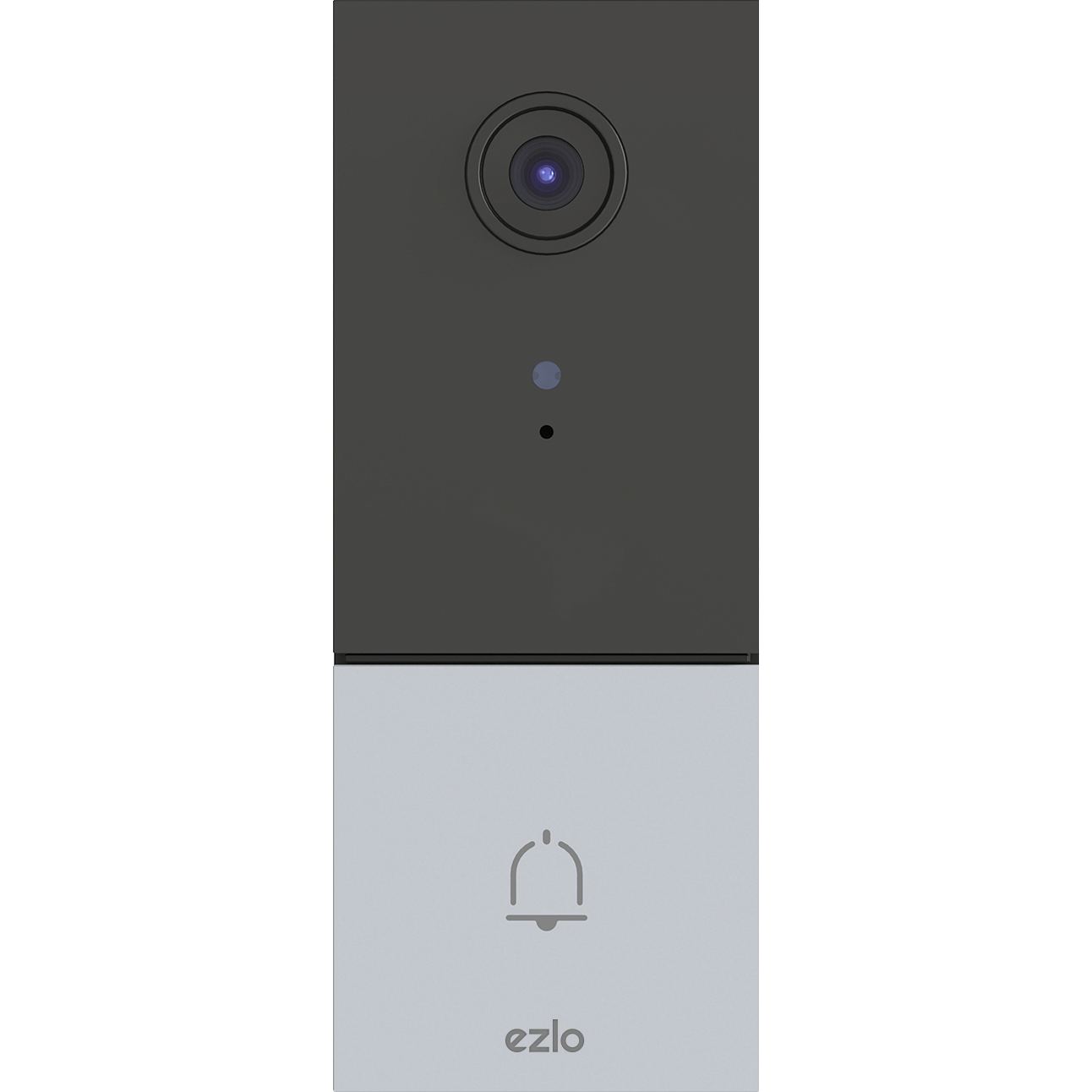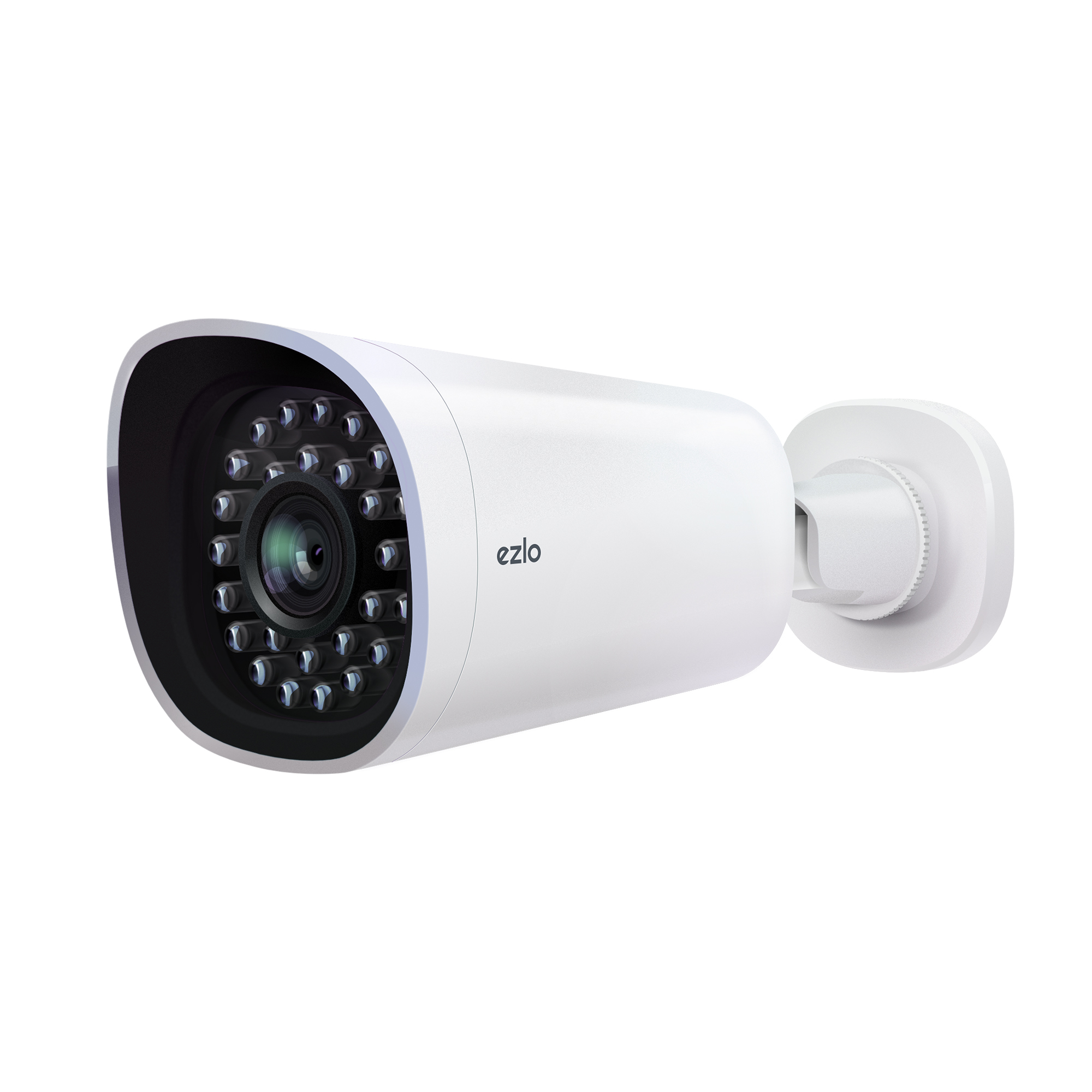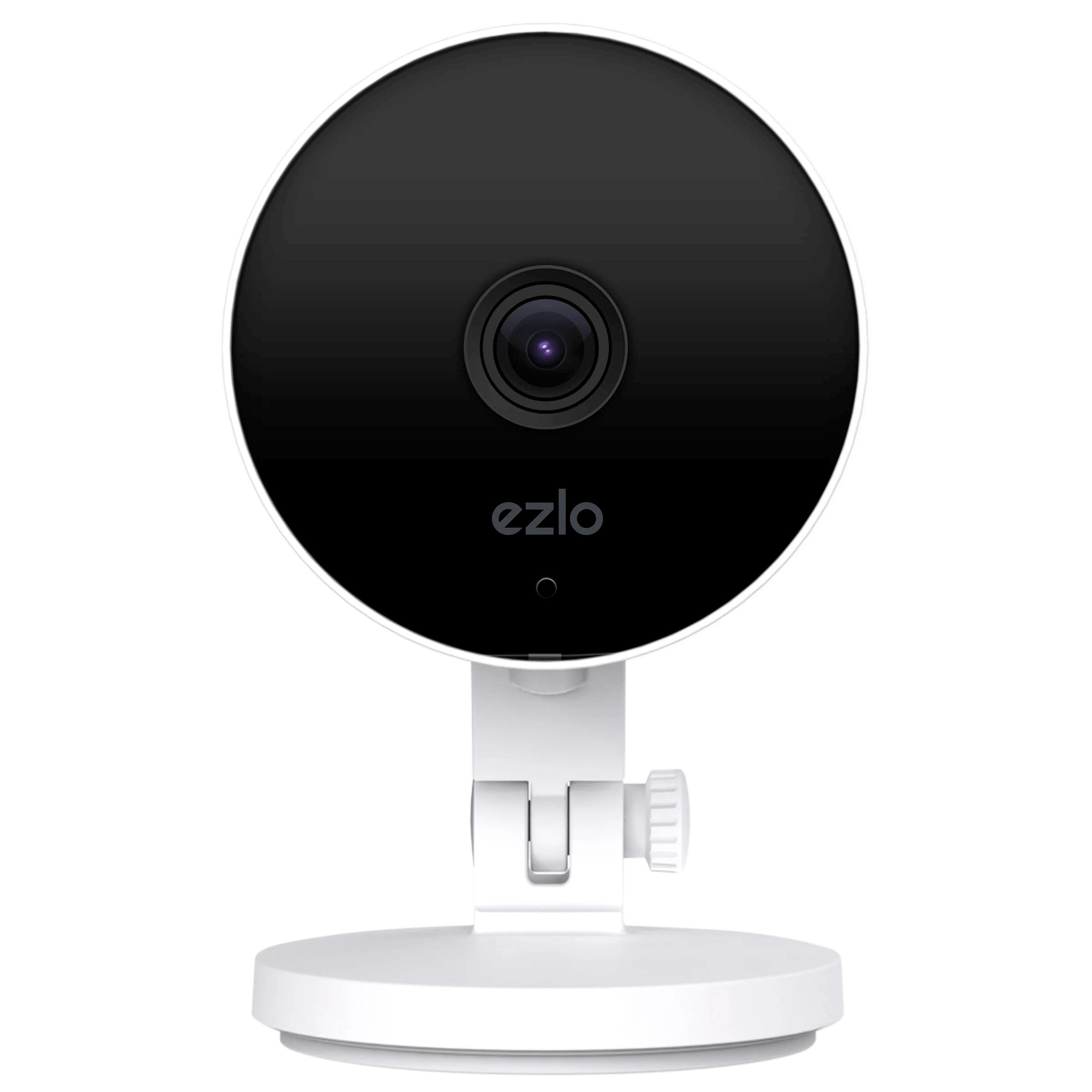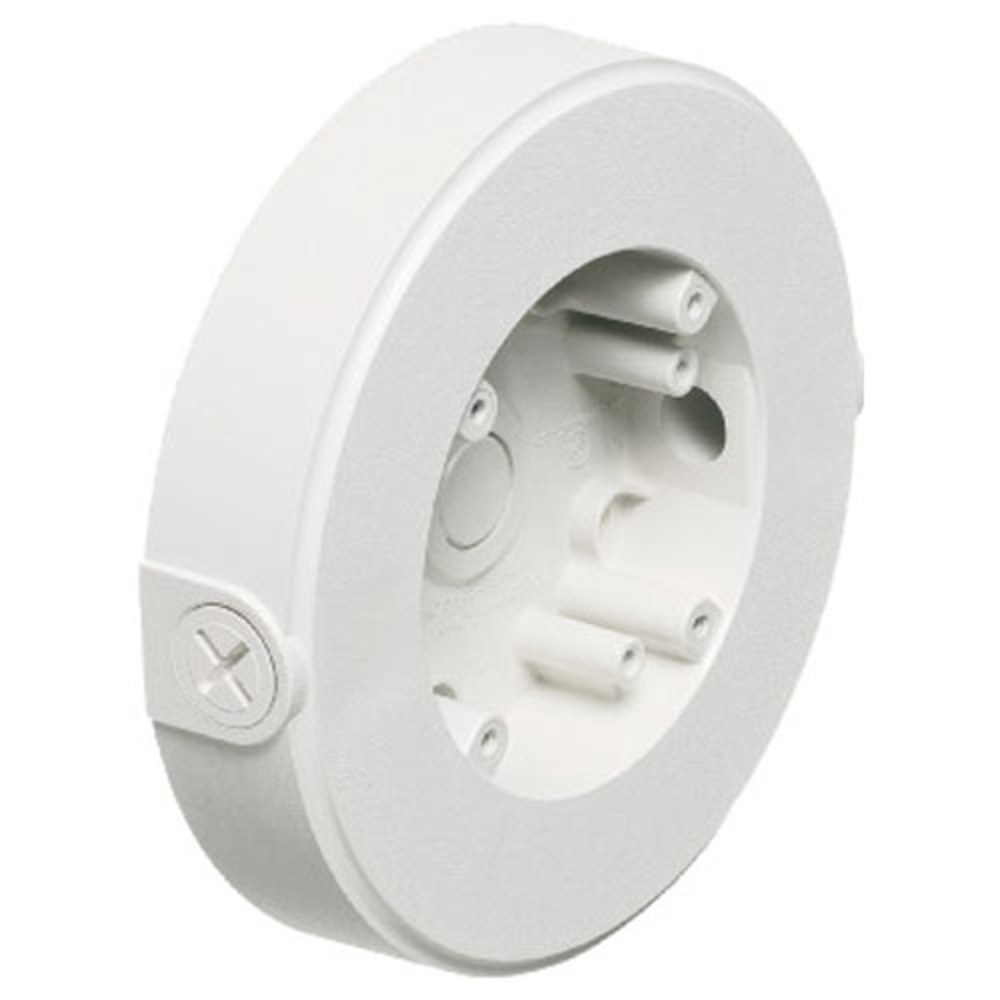The Closed Circuit Television camera market and surveillance CCTV camera technology have evolved tremendously over the years. Growth in innovation has diversified this technology and increased its use. From a simple CCTV camera’s crime prevention tool to applications in medical monitoring, behavioral research, and market intelligence, CCTV camera systems are fast becoming a key feature in modern-day life.
It is worth noting that this steady rise in the popularity of video surveillance began as early as 1927. Practical applications did not, however, begin until CCTV 1942. The use of surveillance tech has come a long way since then, developing into one of the most effective crime management systems worldwide.
Let us look at some key facts about surveillance cameras CCTV systems, the current state, and future projections.
CCTV Camera Systems: Overview
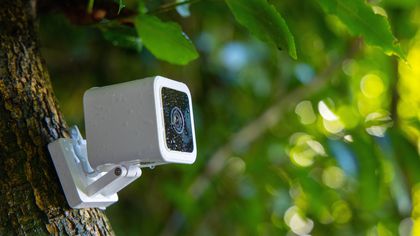
The first recorded use of CCTV cameras happened in 1942. German soldiers used this technology (German cctv camera brands) to observe rocket launches via live stream. This technology maintained its reputation as a military tool until 1949. By this time, surveillance technology was by the U.S to monitor nuclear explosions without the need to be physically present.
It wasn’t until 1949 that this technology was used commercially.
Things raised pretty fast since at that point, with the British using surveillance technology extensively within the 1960s and the videocassette tape hitting the market in 1969. A year later, one of the most significant developments in surveillance technology, the videocassette recorder, replaced the VCP. This technology made it easier to record and review footage, a key component in crime management.
The 70s were conceivably the busiest period in this brief CCTV camera history, with many countries integrating video surveillance into law enforcement.
Modern Applications of CCTV Camera Technology
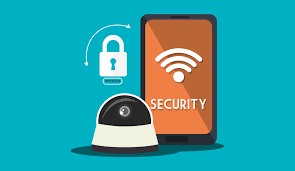
The commercialization of CCTV camera technology has led to increased consumer use. Surveillance cameras have become more than just a tool for recording and preventing crime. Here is a short list of some of the modern applications of CCTV cameras.
Disaster Management
Using real-time surveillance footage to update reaction teams is one of the critical contributions this technology has made over the years. Disaster management has become more efficient as respondents can assess situations effectively through live feed and determine the best course of action.
It can take footage from helicopters, burning buildings and different hostile environments to appear the exact situation, a system that enables disaster management teams to be more effective.
Behavioral Analysis
Behavioral research is one of the beneficiaries of CCTV technology. This is because it allows analysts to monitor, evaluate and diagnose behavioral and mental problems through observation. Video recording enables psychologists to review tapes of people with anomalies, find patterns, and effectively treat behavioral issues.
Medical Monitoring
Similar to behavioral research, CCTV cameras are now helping doctors to monitor patient response to medication. It also integrated CCTV monitors into life support machines as a fail-safe. This means that patients who need special attention are monitored round the clock to ensure they get a rapid response when the need arises. This system is especially crucial for patients who need critical care, children, and the elderly.
Crime Management and Prevention
Using CCTV cameras in law enforcement has reduced crime rates substantially. Countries that use this technology extensively, such as the U.K and the U.S, have seen a reduction of between 13- 15% in areas where law enforcement merges privately owned surveillance systems with public cameras.
Detectives worldwide use CCTV footage as the first bit of evidence to solve crimes. This technology has become so advanced that detectives can run facial recognition software to locate and apprehend suspects. CCTV footage used in many criminal cases has a 99% conviction rate.
Surveillance tech is accurate, irrefutable, and is one of the few resources that helps law enforcement to develop probable cause.
CCTV cameras do not just work to catch criminals – it is also a deterrent for people with illegal intent. Research shows that 70% of criminals do not venture into areas with CCTV cameras. Several business establishments have installed cameras that do not work to create a kind of scarecrow effect.
The Future of CCTV Camera System
Artificial intelligence makes the future of surveillance technology an interesting prospect. Elements such as machine learning and behavioral analysis show that future CCTV cameras will identify offenders by evaluating body language. This may seem far-fetched but with the rate at which machine learning can be used for CCTV video surveillance to analyze scenes and activities, it may be achievable.
People are also looking forward to CCTV drones covering extensive areas to improve surveillance mobility. Drones denote flexibility and maneuverability. Their small size also allows them to fit in spaces that would otherwise be inaccessible.
Bottom Line
CCTV Cameras are the future of video surveillance technology. As innovation increases, this technology is guaranteed to increase utility value.
